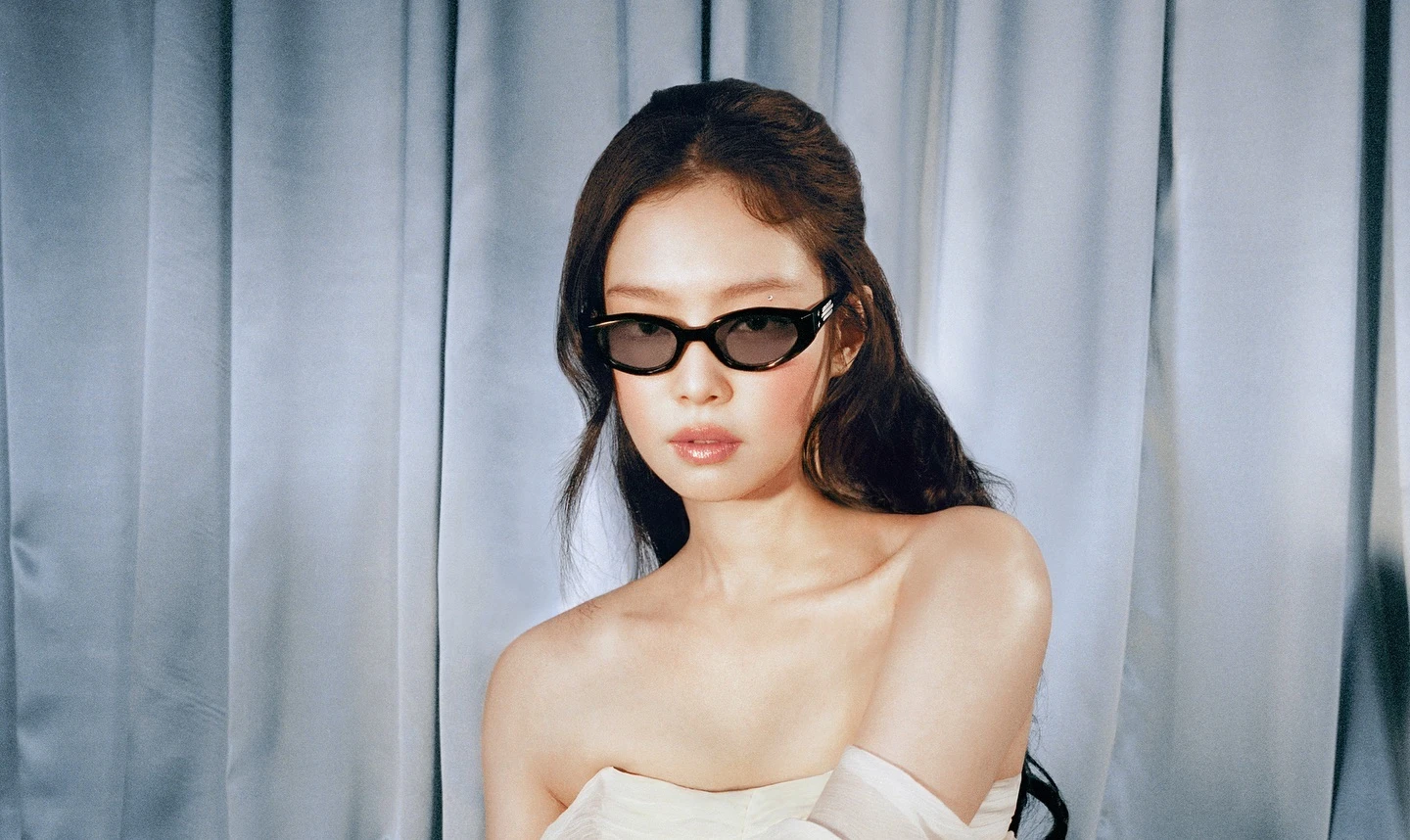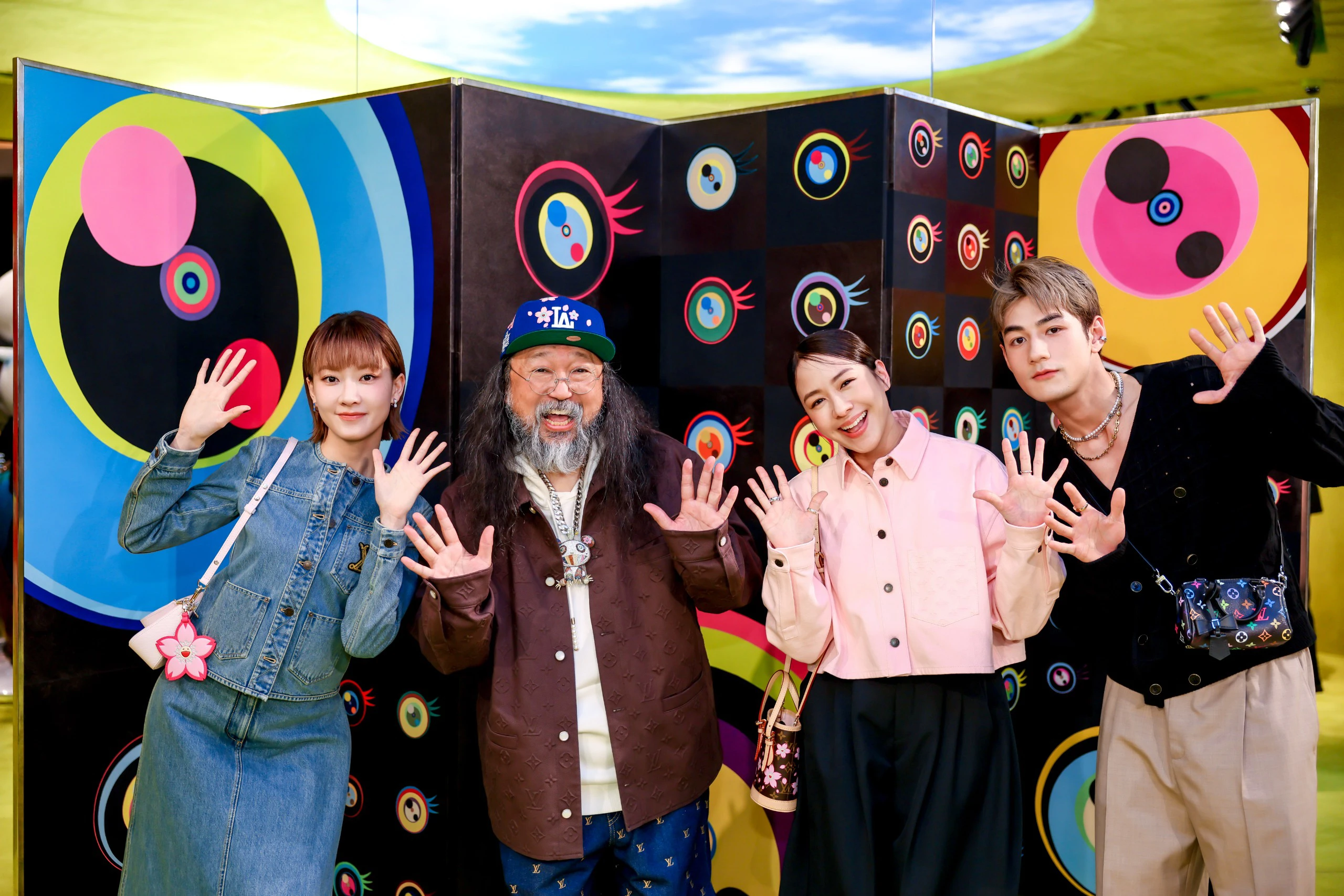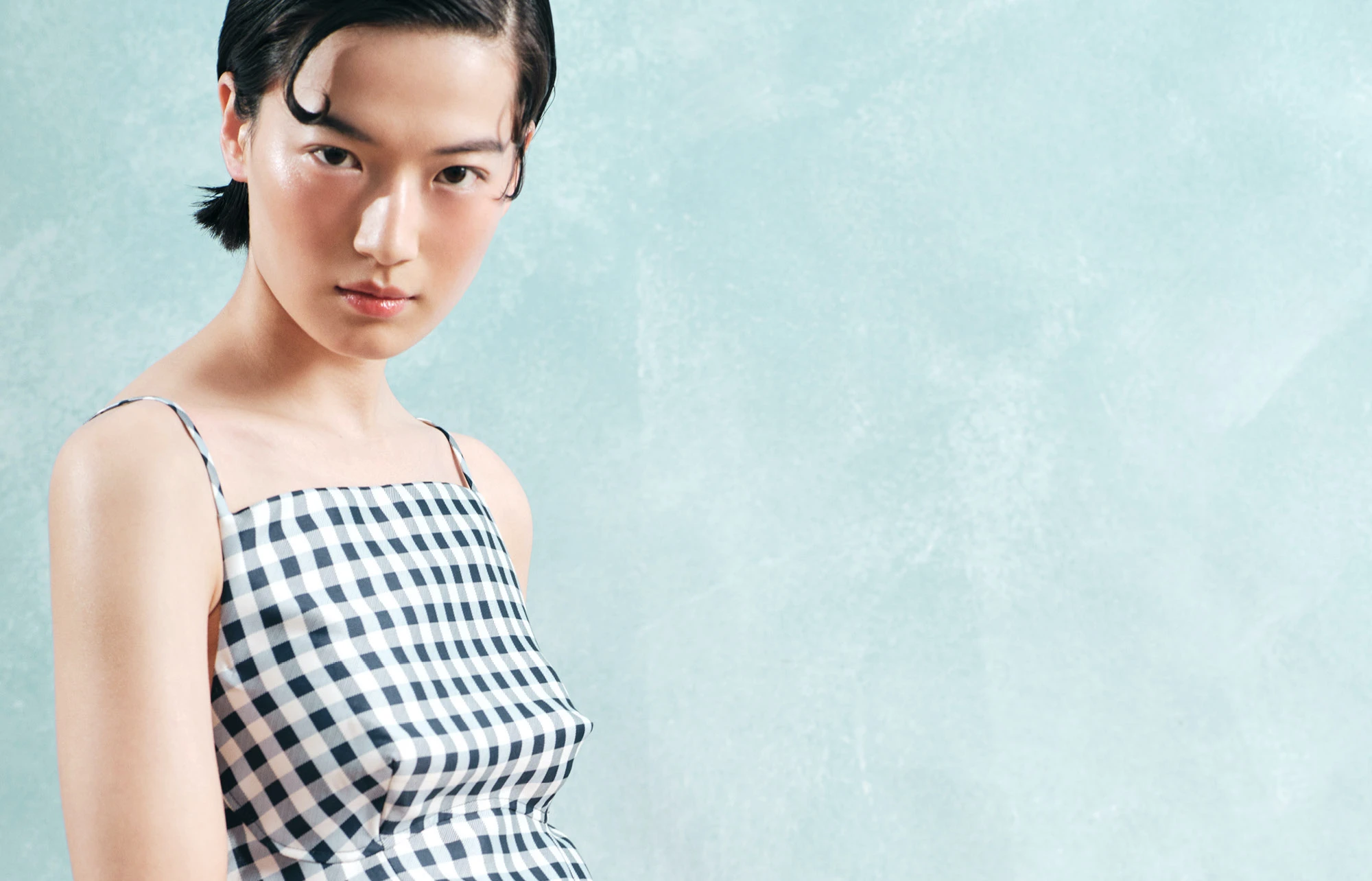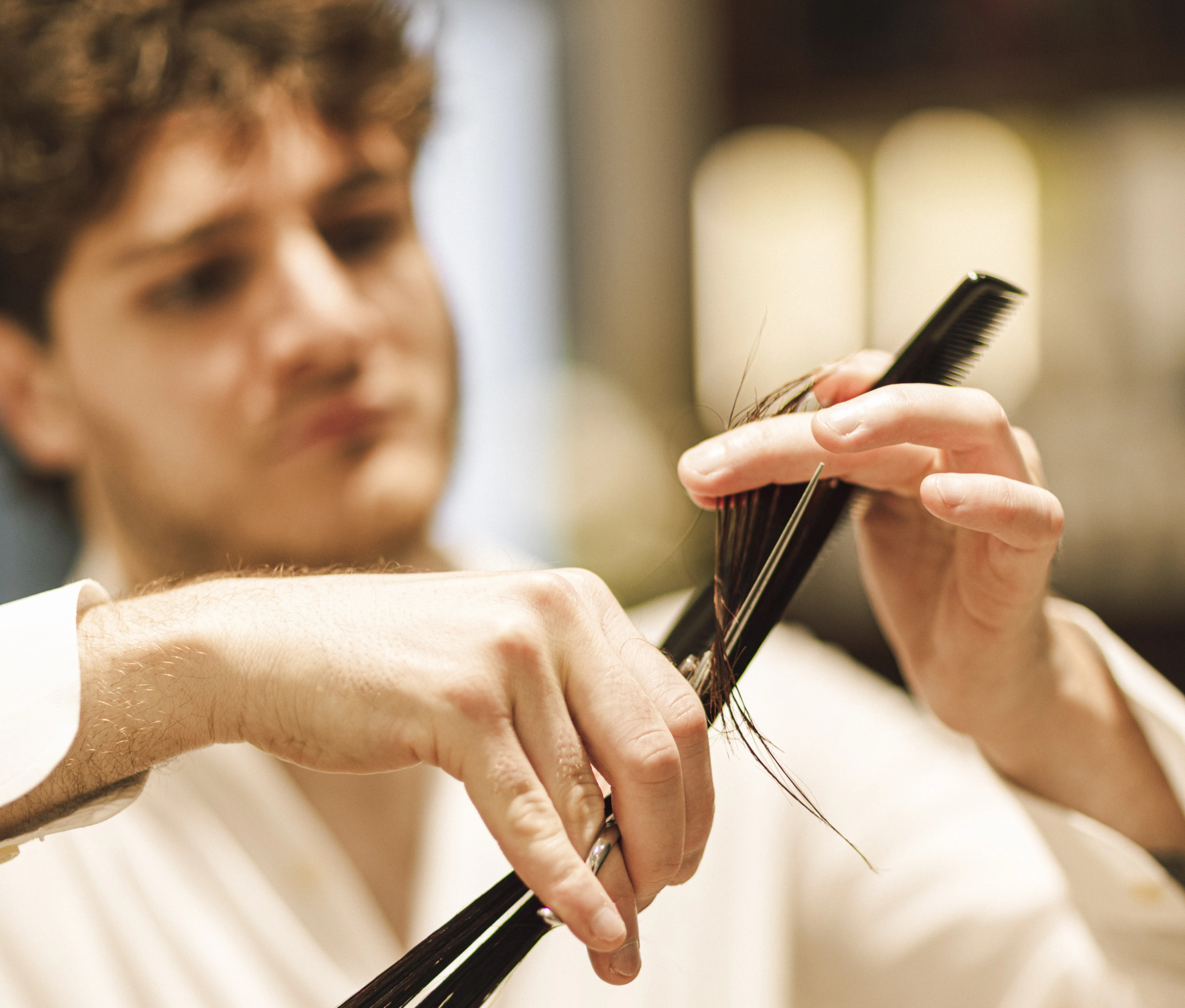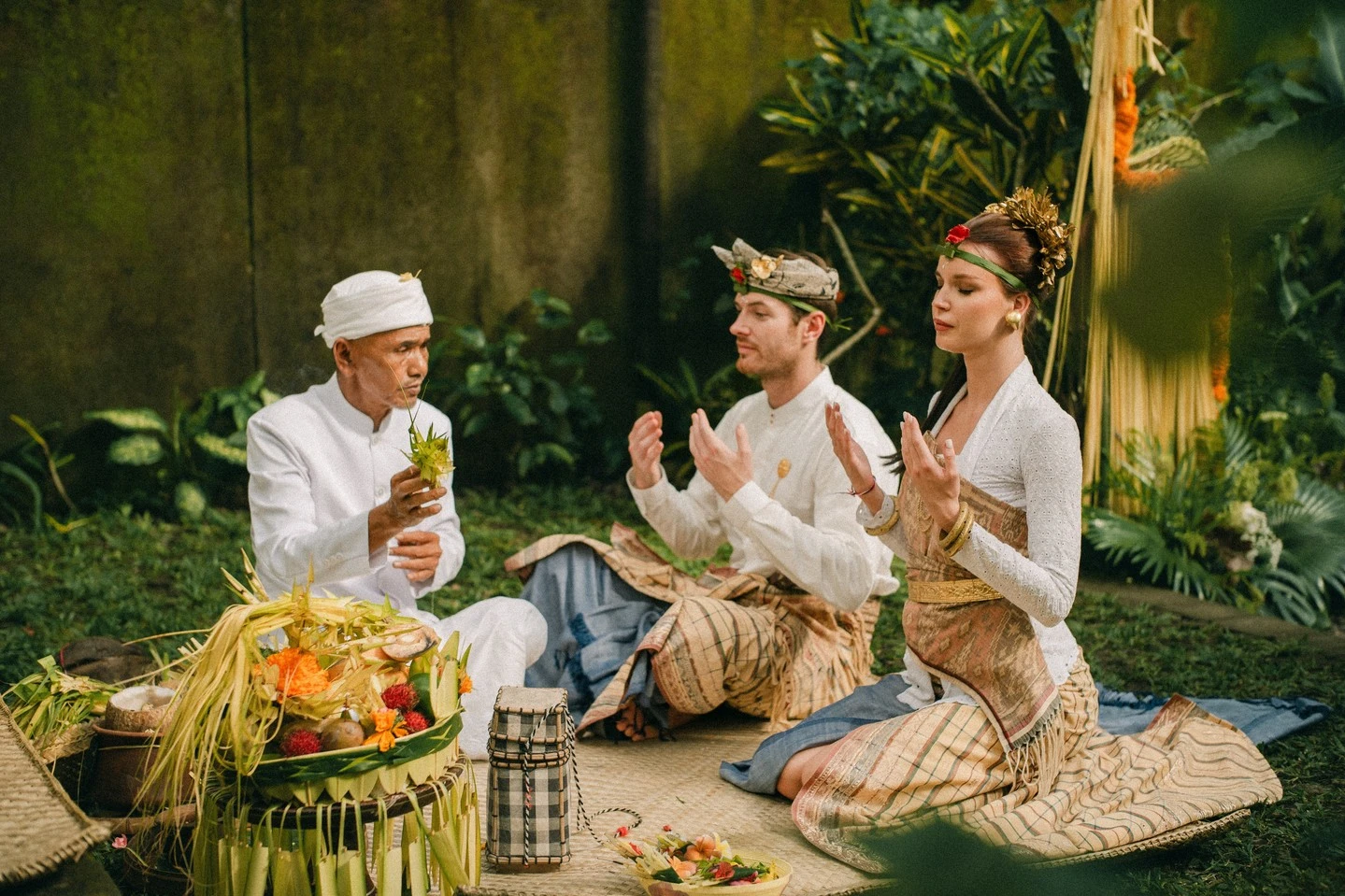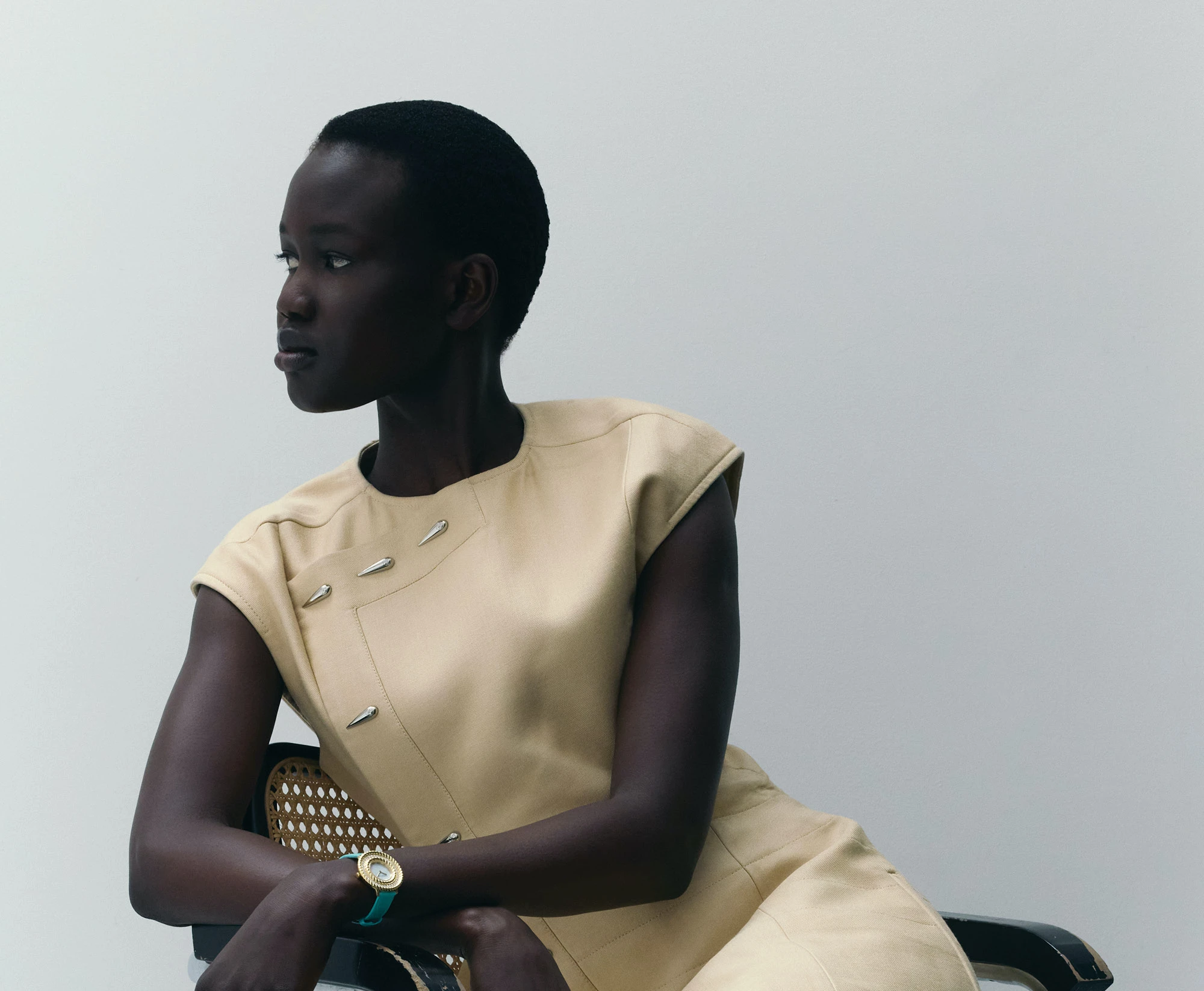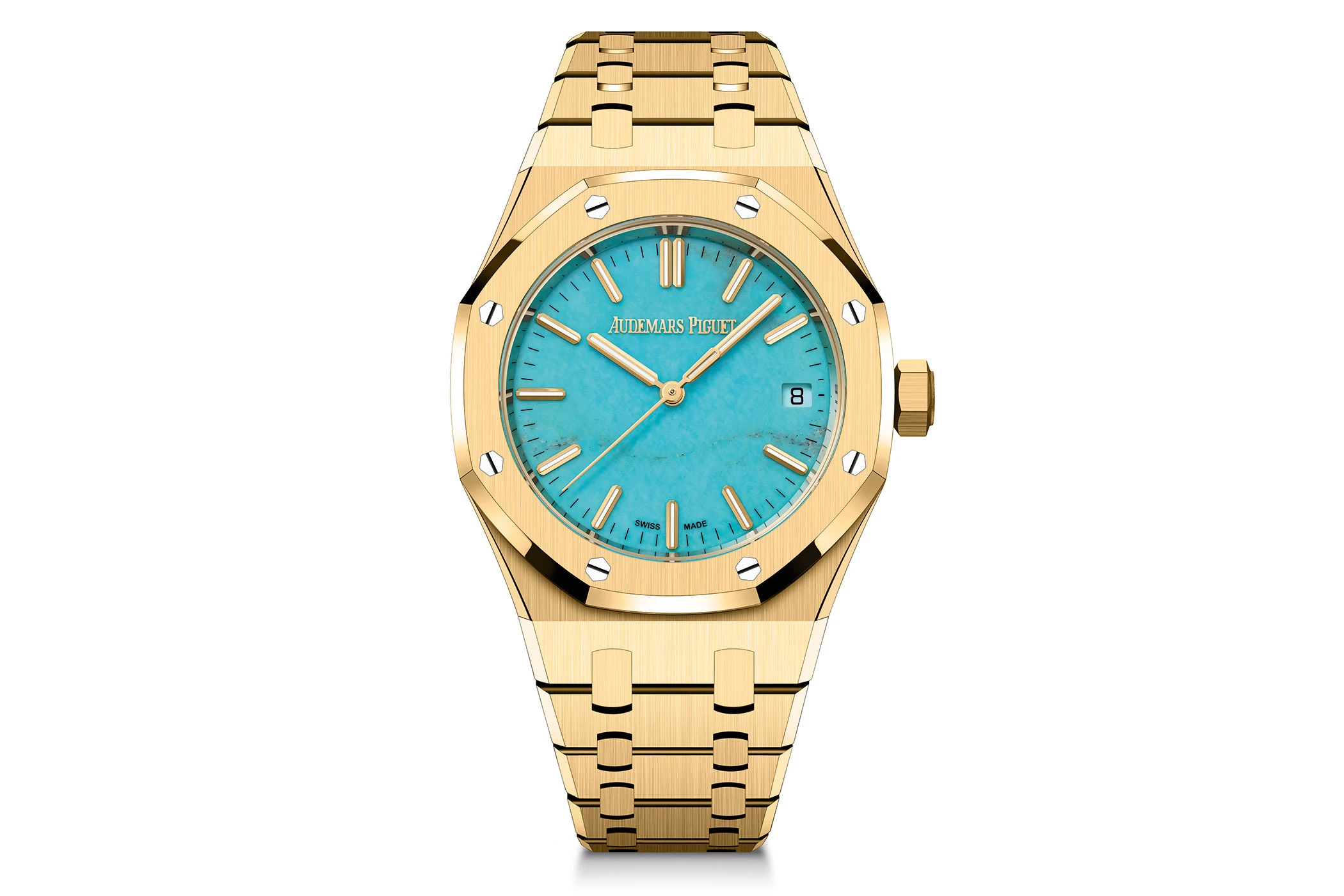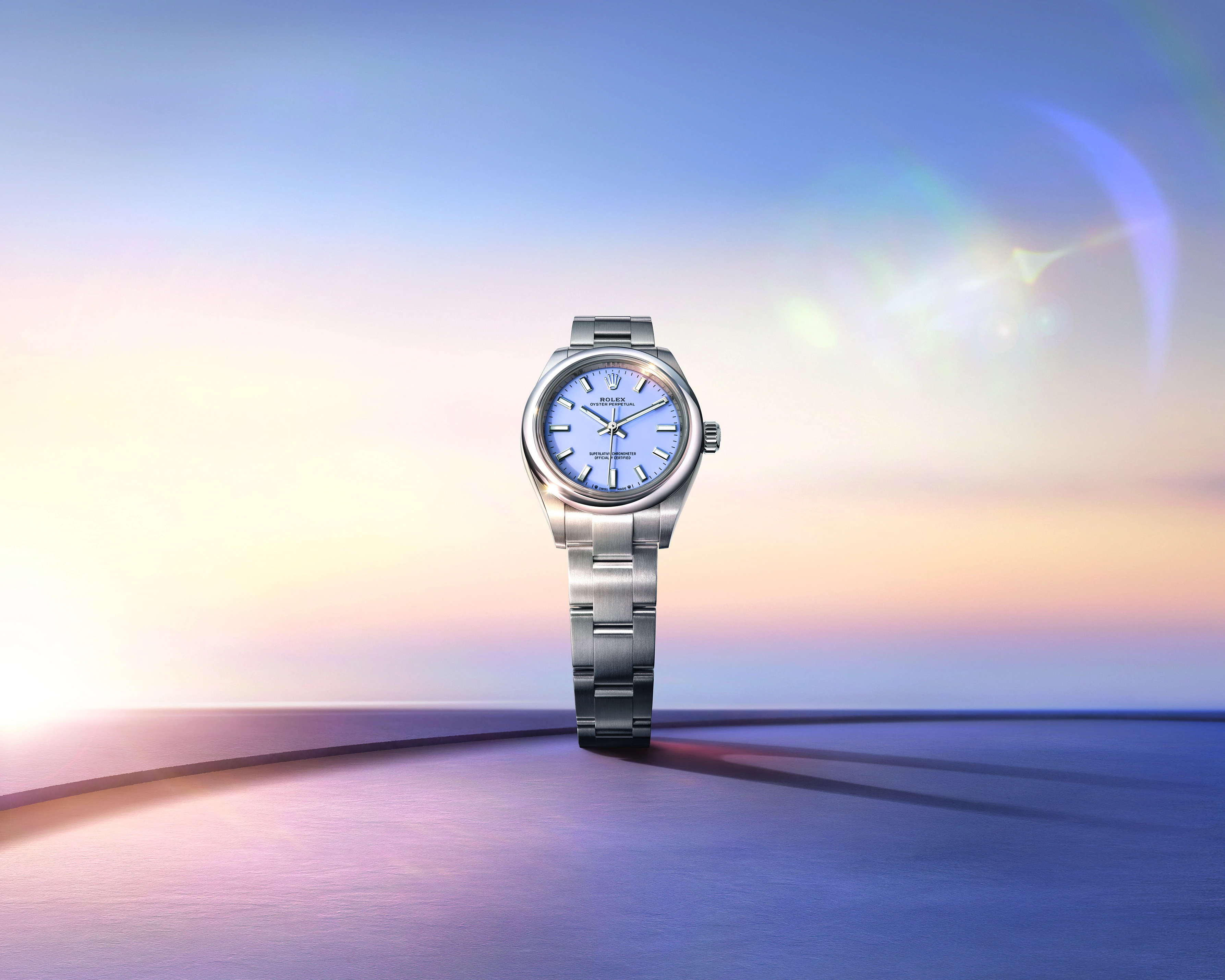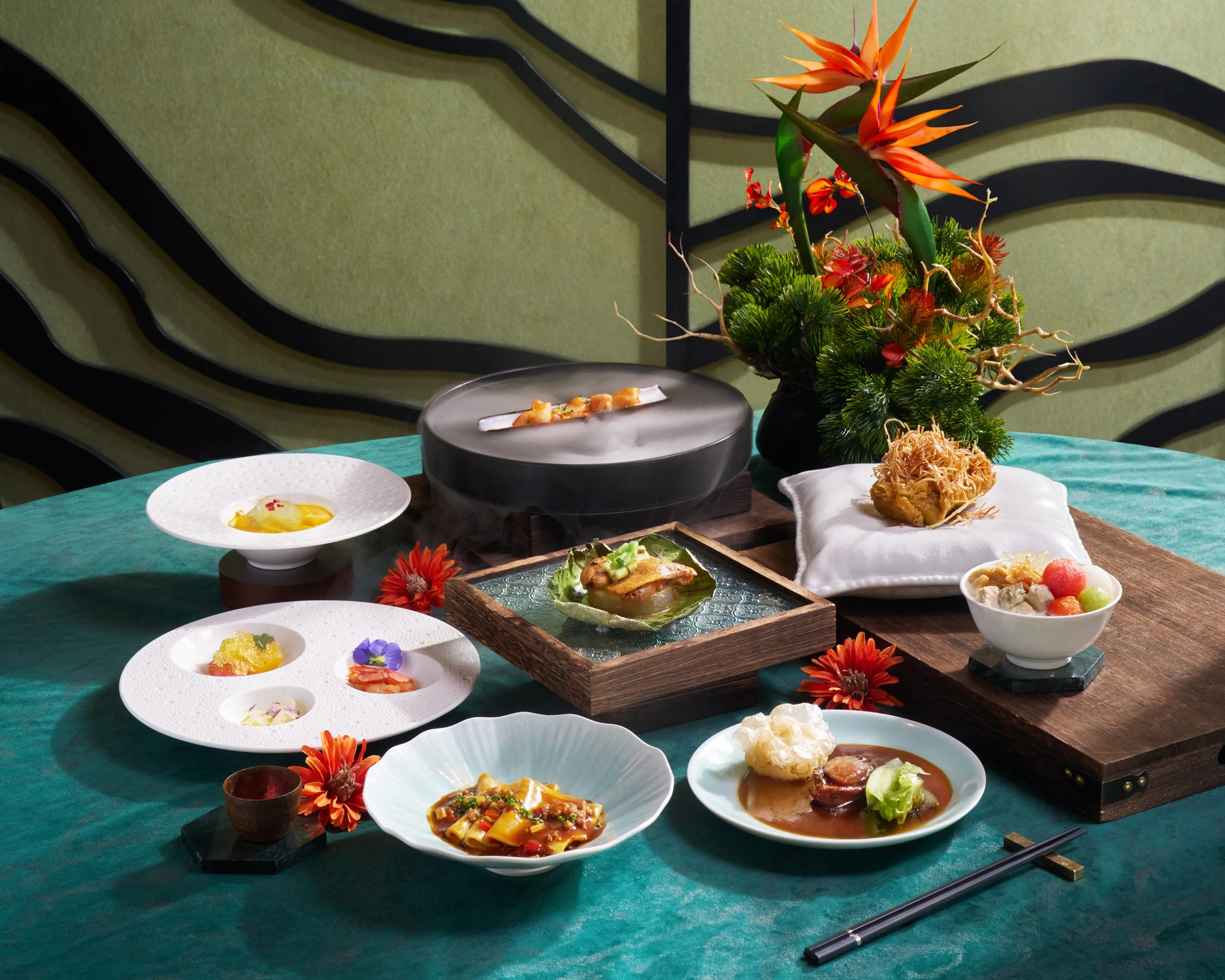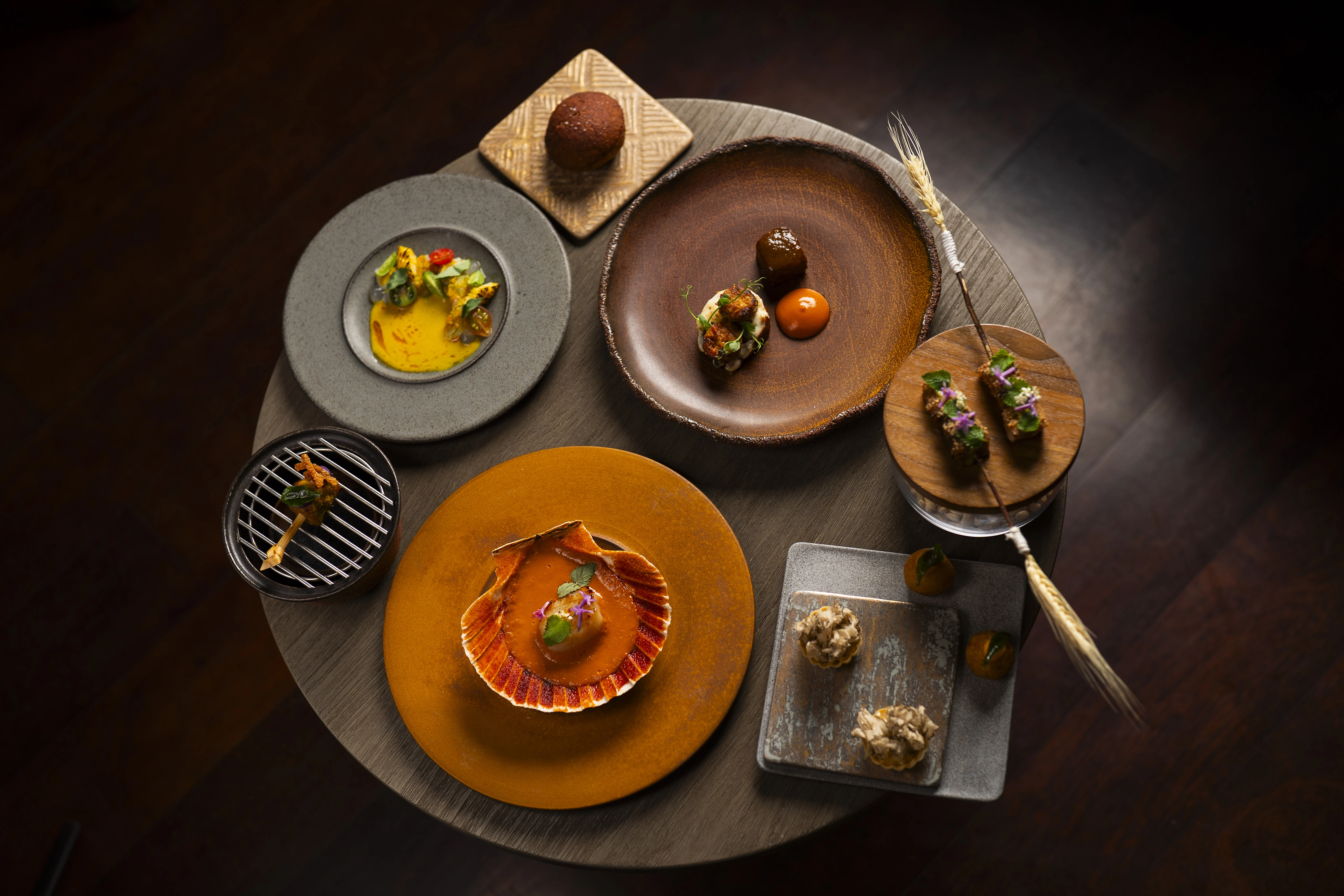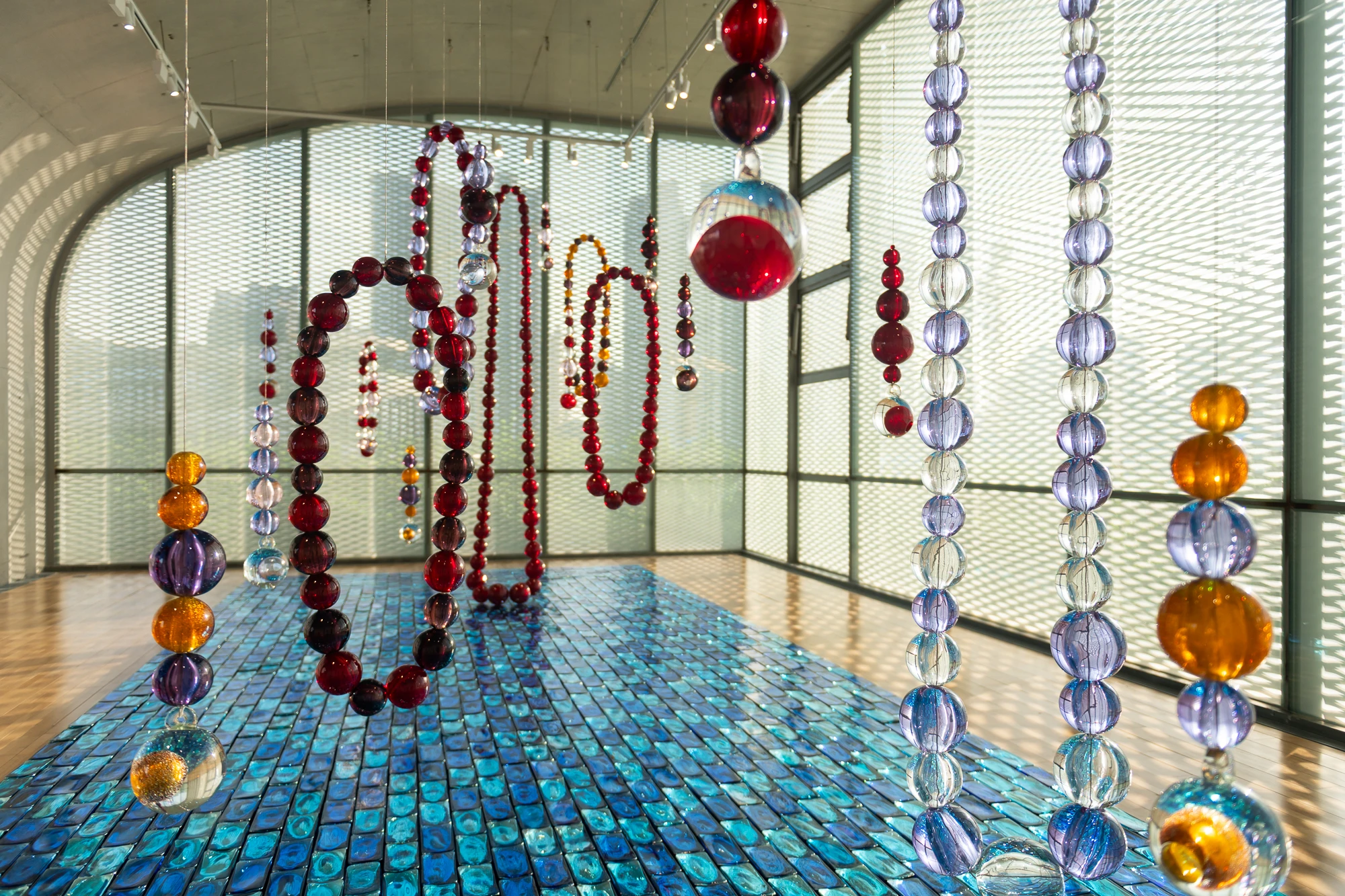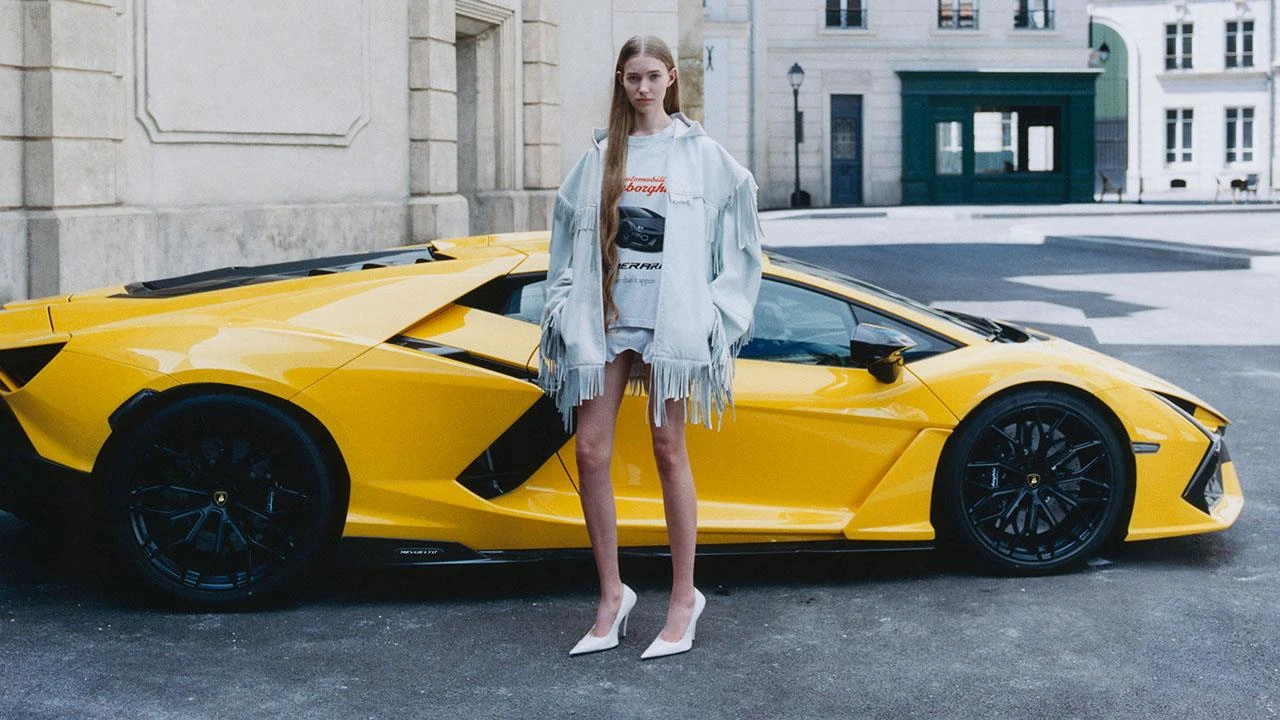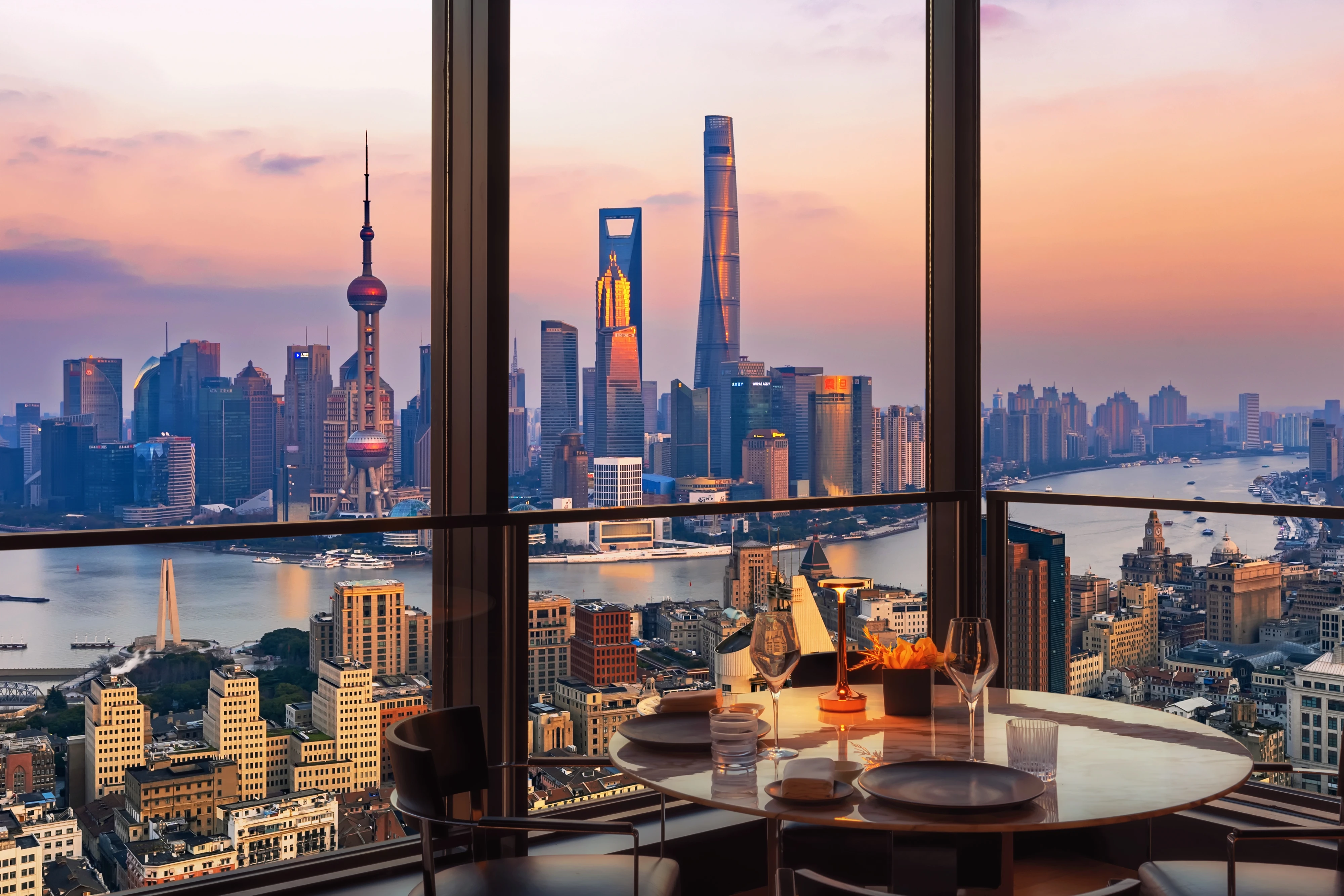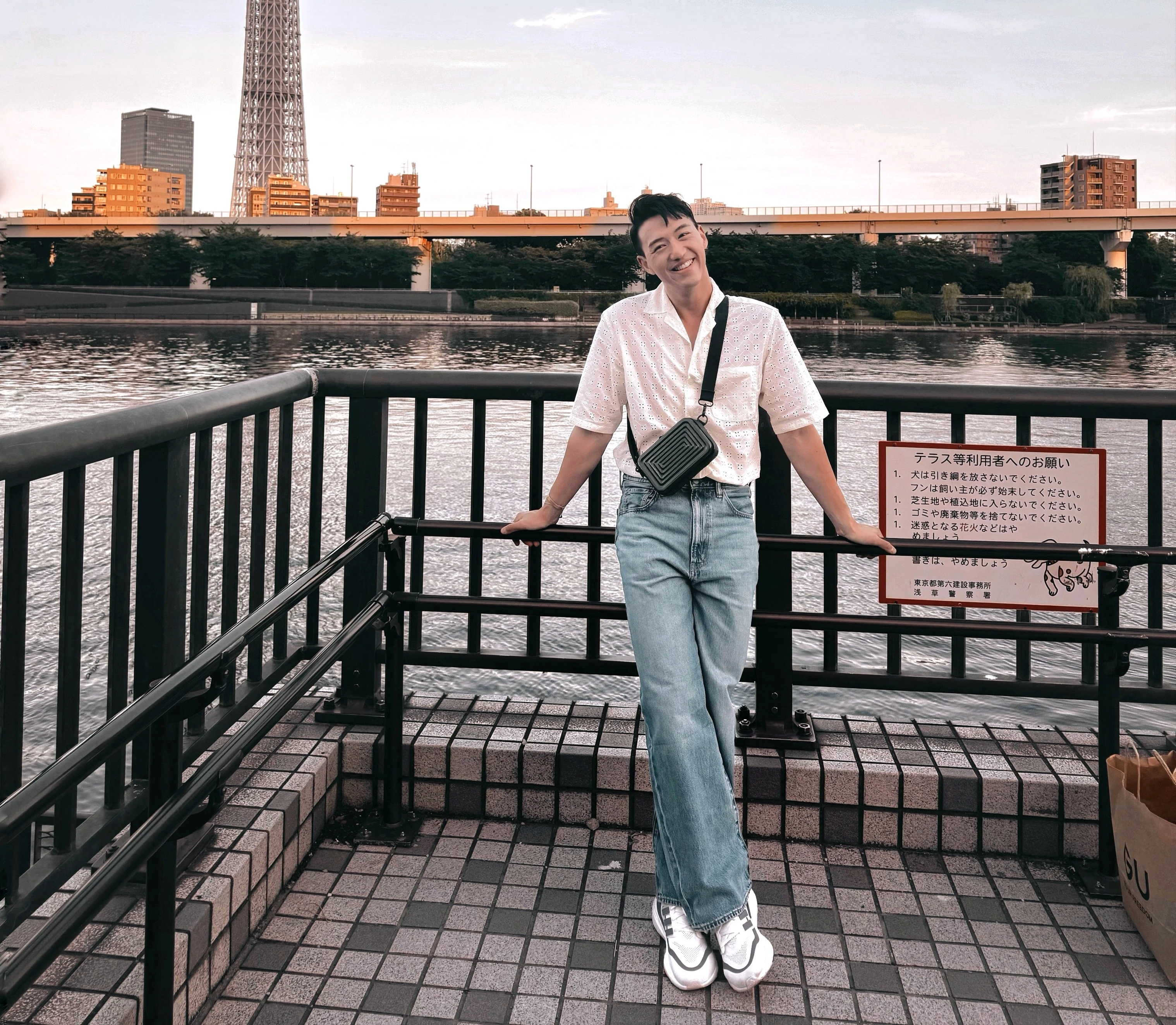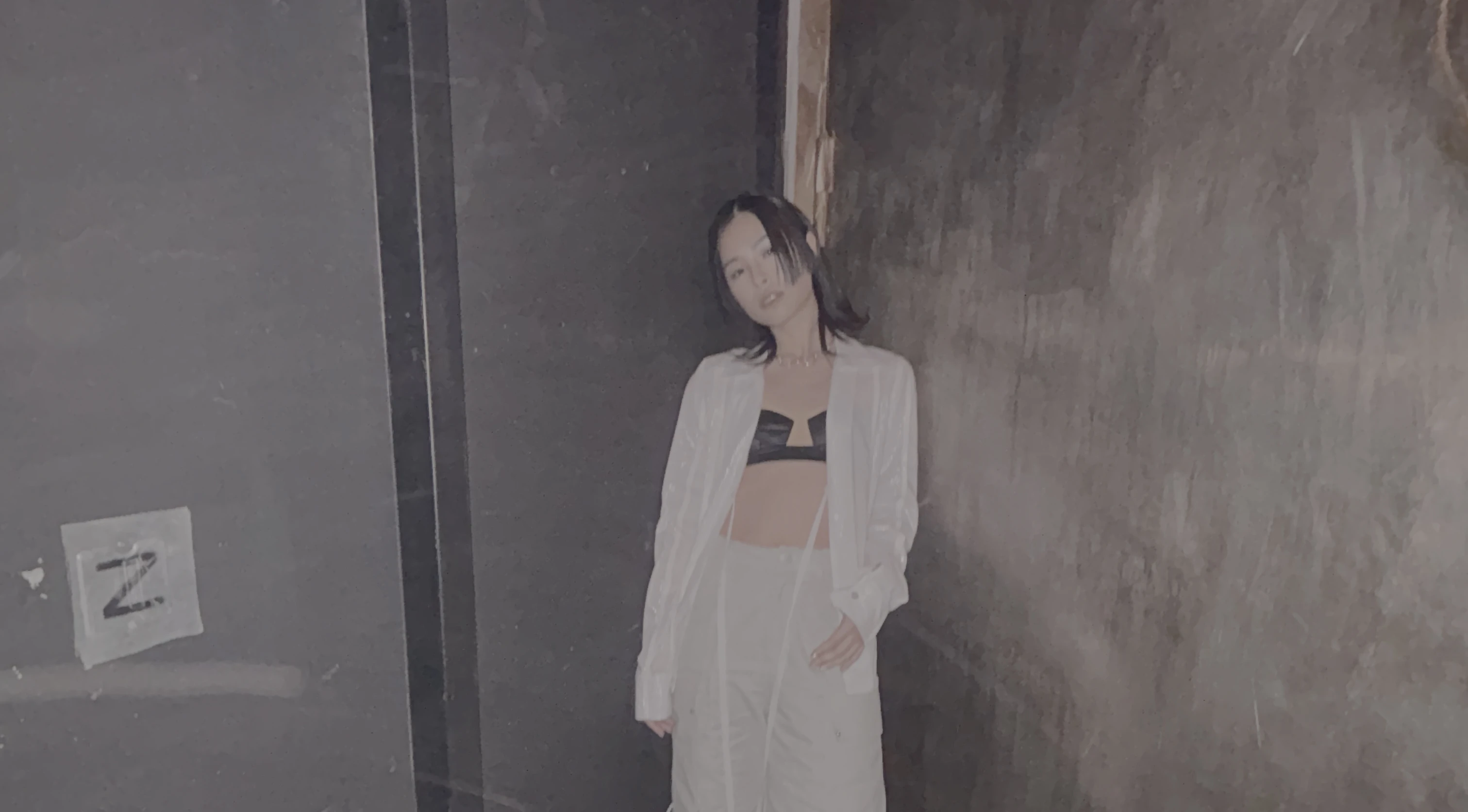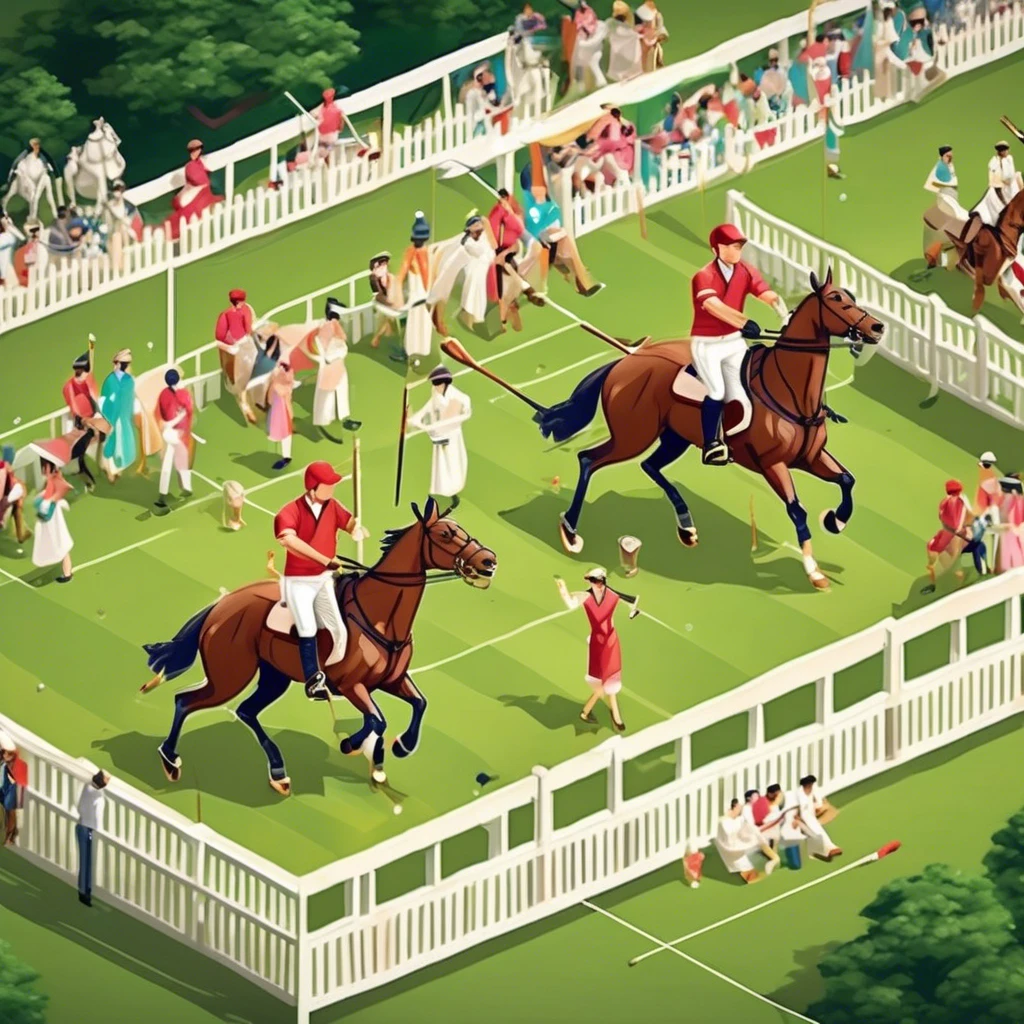Jean-Michel Othoniel on his largest exhibition across Avignon
Jul 11, 2025
Jean-Michel Othoniel’s largest-ever exhibition takes place this summer in 10 iconic locations across Avignon in southern France, celebrating the city’s 30th anniversary of being named a UNESCO World Heritage Site. Dionne Bel speaks to the French artist
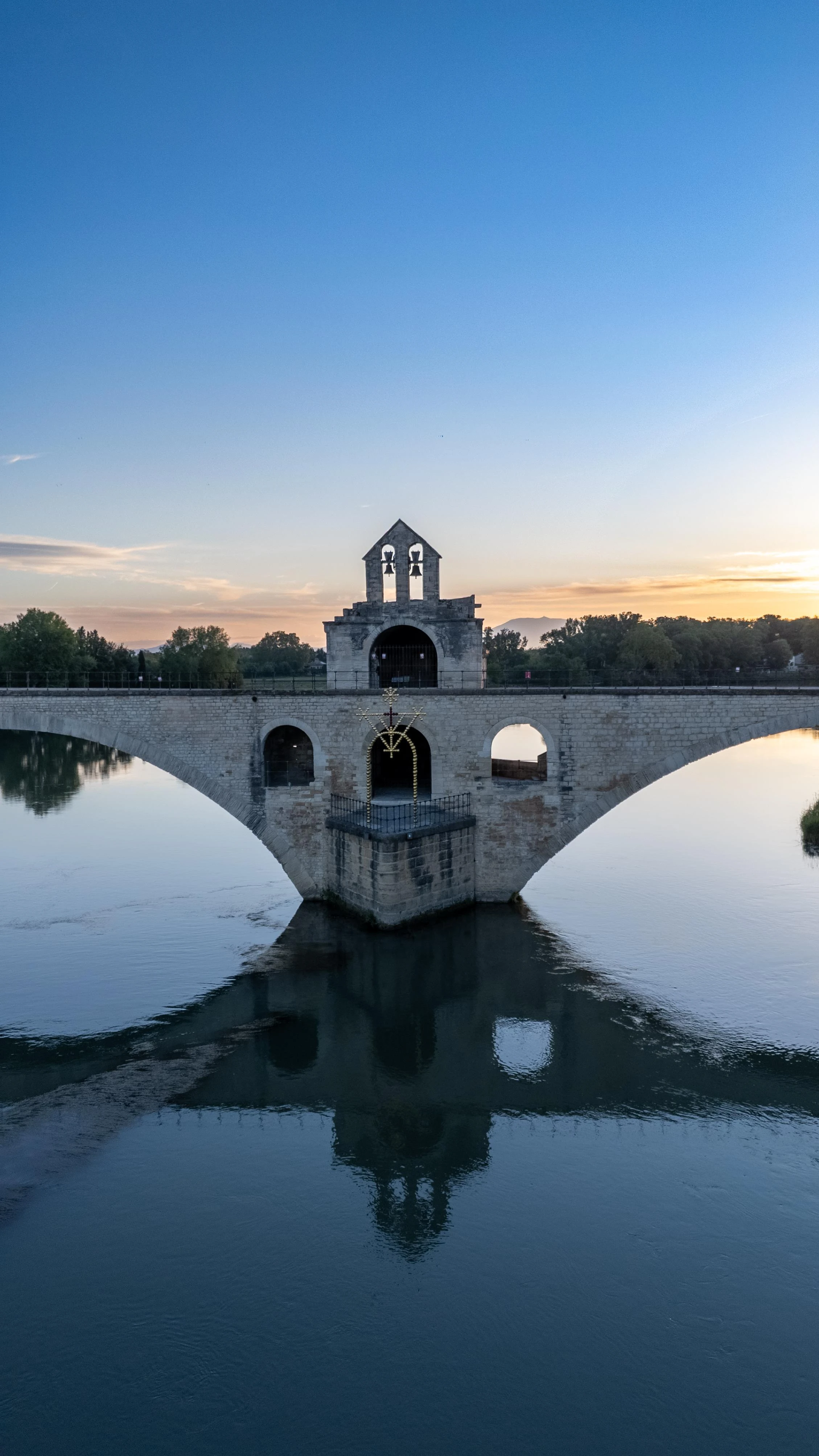
Jean-Michel Othoniel has long enchanted the world with his poetic, luminous sculptures – ethereal creations spun from Murano glass, gold leaf and glazed brick. A master of transformation – both material and emotional – Othoniel works closely with master artisans to turn delicate materials into both intimate and monumental forms that seem to shimmer between dream and reality. Whether it’s a beaded necklace suspended in midair, a glowing knot of glass orbiting in space, a river of blue glass bricks cascading down a staircase or a mirrored stainless-steel lotus reflecting a secret garden, his work seduces the senses and stirs the soul. Deeply inspired by themes of metamorphosis, desire, beauty, reverie and memory, Othoniel’s creative process is part alchemy, part choreography – each piece a dance between fragility and strength, between past and present.
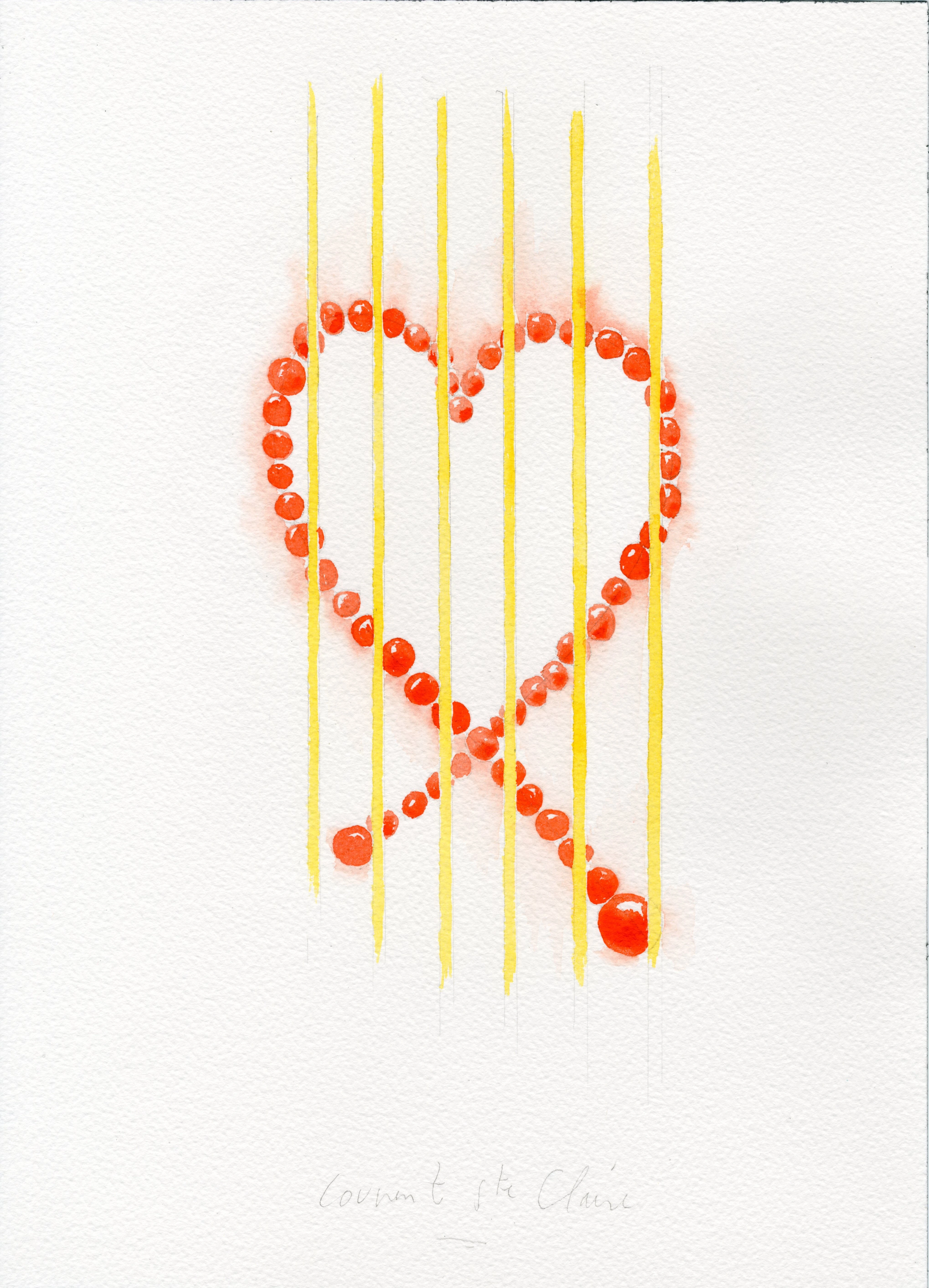
On June 28, the Paris-based artist will unveil the most ambitious project of his career. Othoniel Cosmos or the Ghosts of Love will transform the entire city of Avignon –famous for its summer theatre festival – into an open-air gallery of the imagination. Spanning 10 sites – including the legendary Palais des Papes and Pont d’Avignon and the lesser-known Lapidary Museum and Bains Pommer – the solo exhibition will encompass 270 works, 160 of them made especially for this show. Think abstract zodiac constellations, colossal astrolabe mobiles charting the planets’ movements, glass fountains echoing the waters of love and chapels awash in colour
and reflection – all forming a celestial love story and echoing the historical layers of the papal city. Inspired by Italian poet Petrarch’s Il Canzoniere – a lyrical masterpiece dedicated to a lost love, Laura of Avignon – the exhibition unfolds like a series of sonnets, taking visitors on a pilgrimage through centuries of art, architecture and longing. For six dazzling months, Avignon will become Othoniel’s constellation – each work a luminous star in the city’s romantic sky.
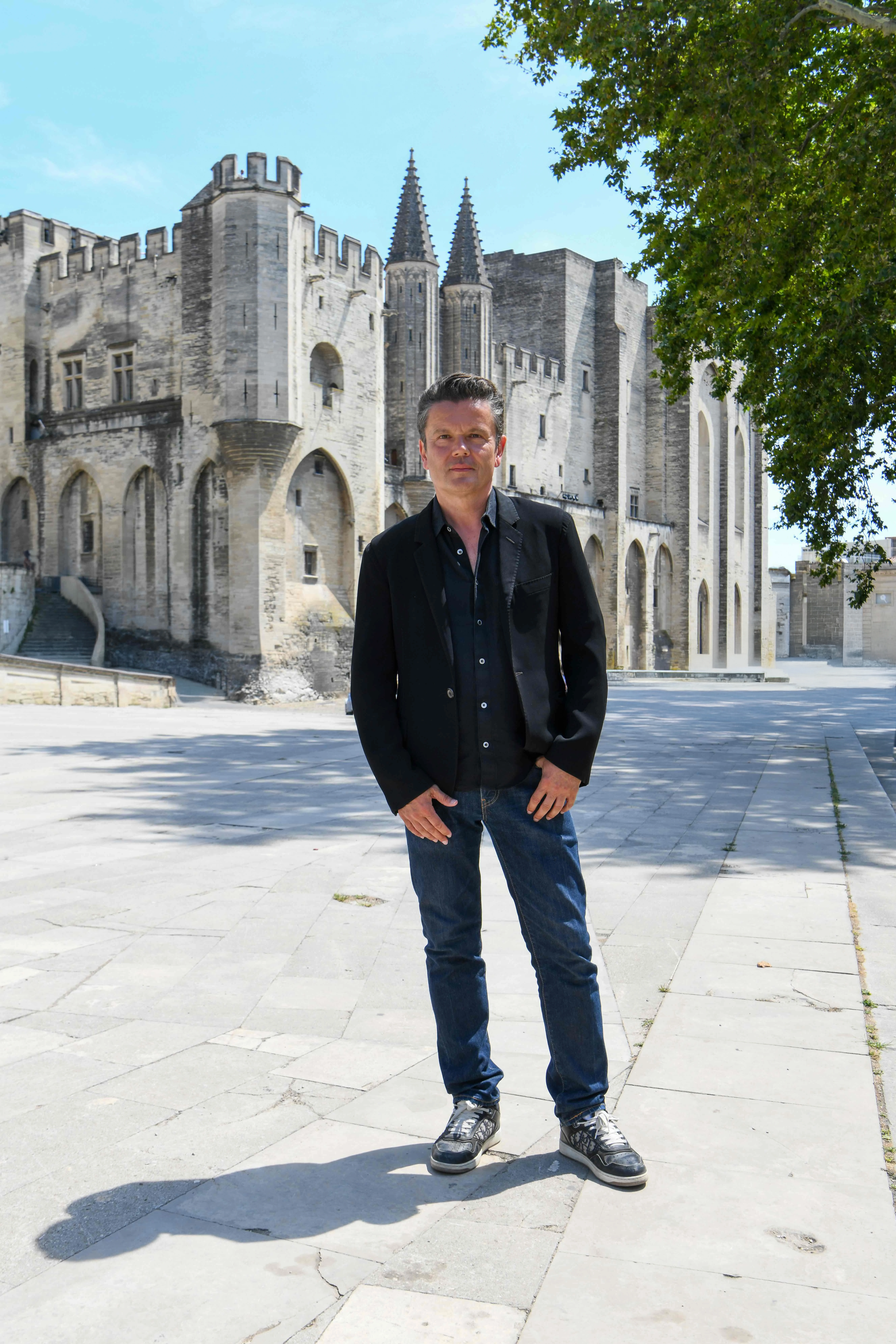
Why did you agree to take on such an ambitious project although you only had two years to complete it?
It’s so unique. I think it’s the first time in France – maybe even in the world – that a city gives all of its museums and historic places to one artist. The opportunity to present an overview of my work, across so many different themes and sites, was just fantastic. And also the fact that it’s not in Paris. Avignon is a strategic place in France through which everyone passes in summer and fall. Also, most of the museums have free entry, and I believe strongly in making culture accessible to all.
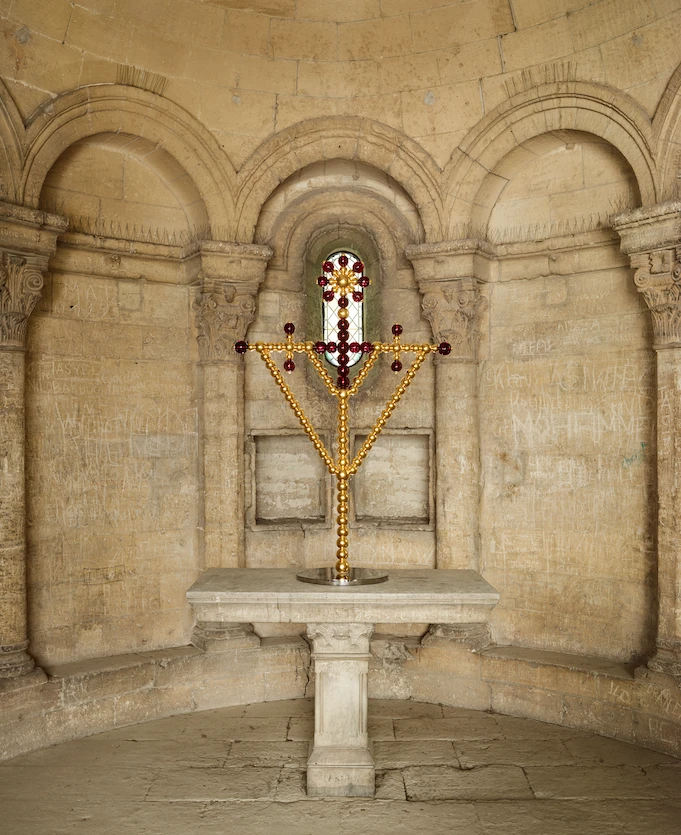
Why the dual title, Othoniel Cosmos or the Ghosts of Love?
Othoniel Cosmos describes the structure of the show. The Palais des Papes, the main place for contemporary art in Avignon, is the sun, the centre of the constellation, and all the other museums are stars or planets orbiting it, all in dialogue with one another. The Ghosts of Love is more intimate. Avignon is the city of Petrarch, a famous 12th-century poet who wrote poems that inspired many artists like Michelangelo, Shakespeare and Pasolini. He wrote sonnets all his life about his love for Laura, recording his obsession with love in different forms. She never responded, as she didn’t know he was writing these poems every day, like a diary of his love. This idea is very important in the exhibition. It’s like you are haunted by love, it’s something always with you and you explore feelings of love in all its forms: for a person, for art, for nature.
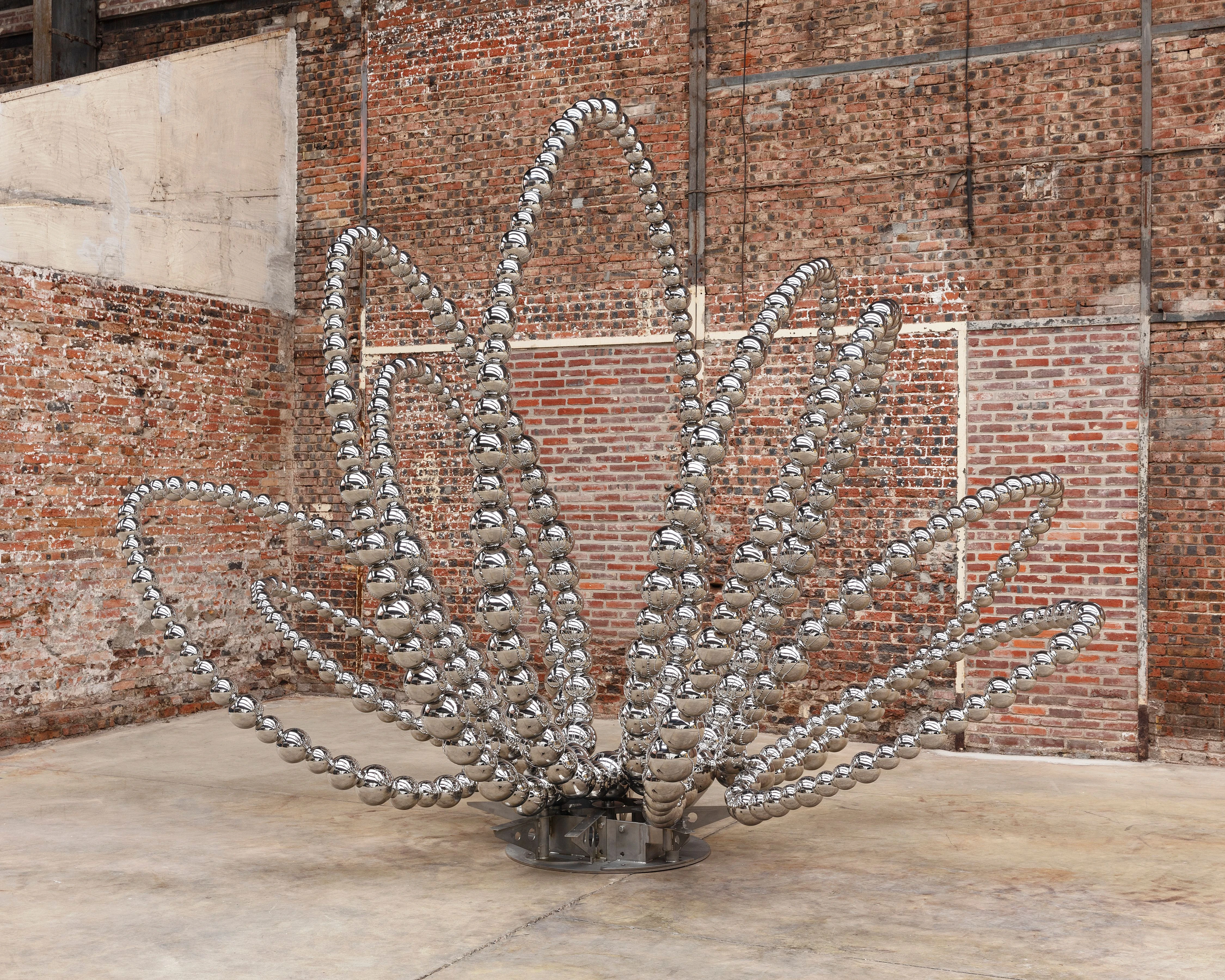
How did Avignon’s history as the City of Popes shape your works?
Avignon is a city filled with religious buildings: the Palais des Papes, chapels, churches. There’s a connection with Christianity because of the architecture, but these spaces have been used for contemporary art since many generations. I made two new crosses for the chapels of the bridge because there is a tradition of crosses on the Rhône river, and glass halos inspired by primitive Italian paintings of saints, the Virgin and Jesus surrounded by aureoles in the Musée du Petit Palais. I’m not religious, but I explore the idea of the sacred, contemplation, spirituality and hope. That connection to something bigger than yourself – that’s what gives life meaning.
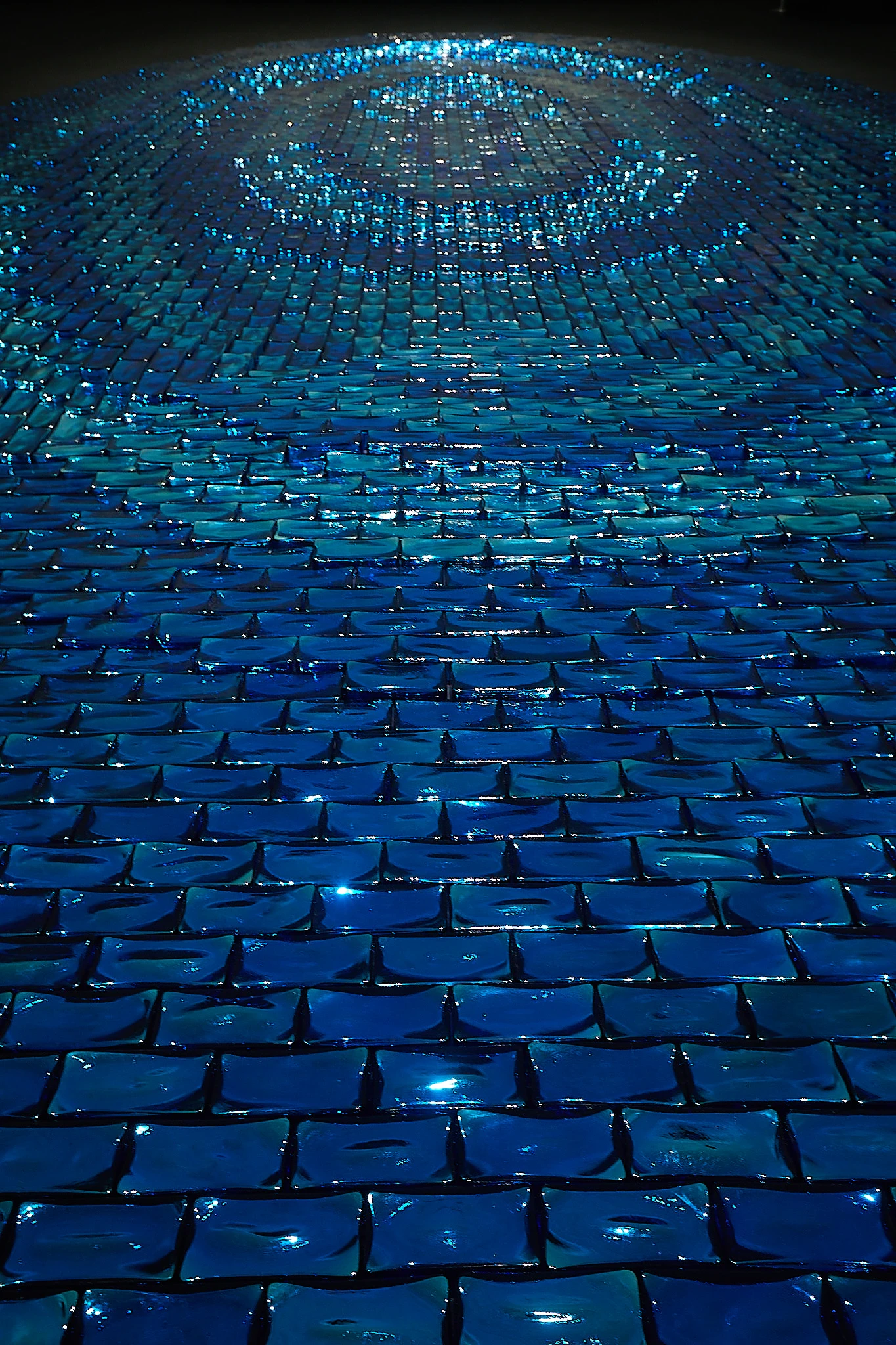
What are some of the exhibition highlights?
There’s a big red Murano glass heart, placed behind a golden gate in a chapel; it represents love at first sight. And for the first time in France, I’m displaying 60 abstract paintings showing my obsession with flowers on one wall inside the Palais des Papes. Most people here don’t know that part of my work – it will be a shock. Also in the Palais des Papes, an 800-square-metre chapel, I’ve created five huge site-specific pieces: one for the floor and four hanging astrolabes. It will be like an opera, in which I’m imposing another rhythm, bringing new energy and joy to a very old, heavy monument. In the Cour d’Honneur, the spectacular stage is staying open after the theatre festival this year, and I was invited to use it. Choreographer Carolyn Carlson was thrilled when I asked her to create a piece that responds to my site-specific installation on the stage. She gave her first performance there in the 1970s, and now, at 82, she will dance there again – for the last time – with two Paris Opera Ballet stars. It’s going to be really moving.
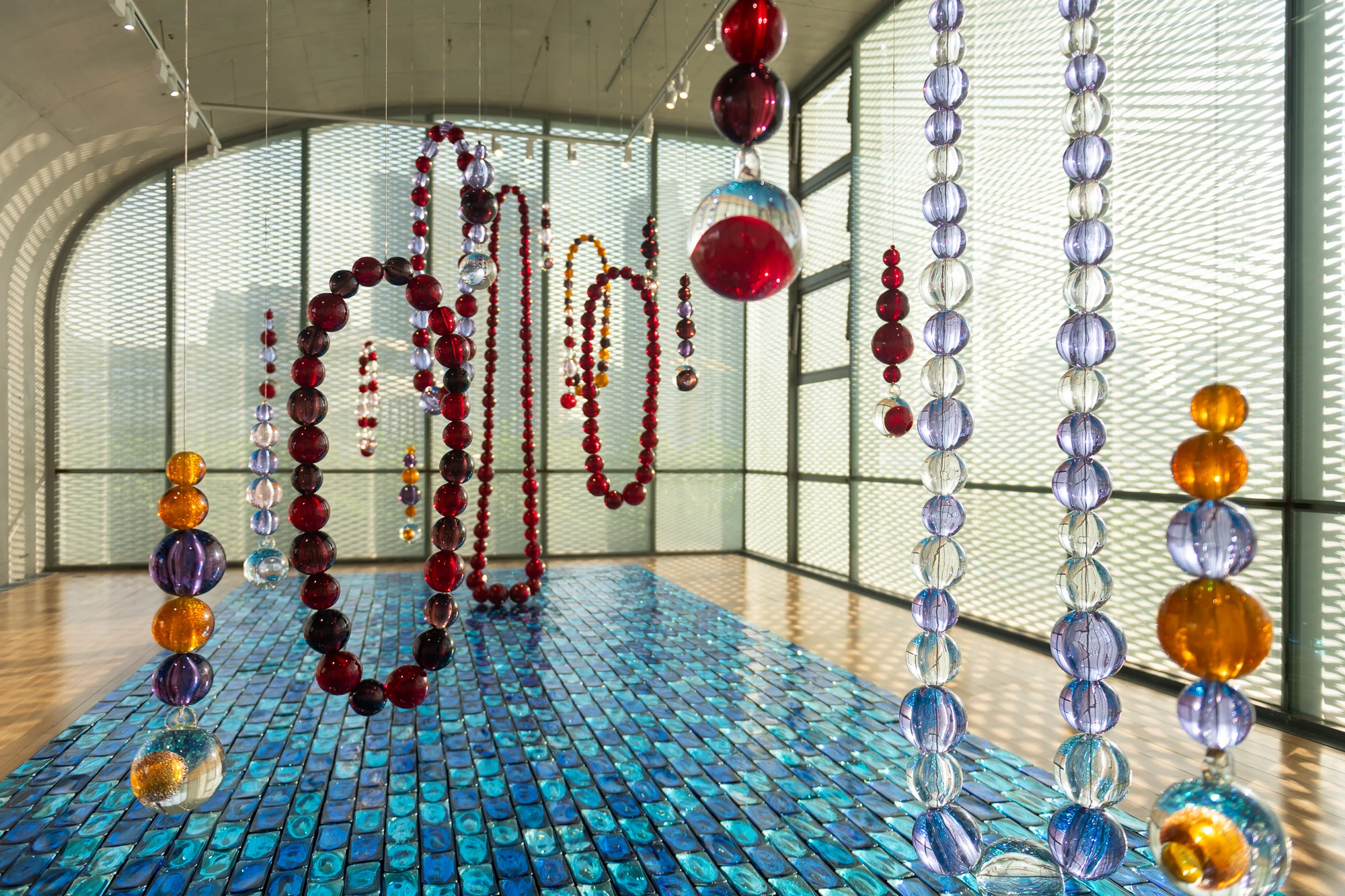
What legacy do you hope this exhibition leaves behind?
We’re living in difficult times. I hope this show brings hope, joy and positivity. For Avignon, I want it to be like a return of the Beauty exhibition 25 years later, a reminder of how beautiful the city is. It will be a way for Avignon’s inhabitants to rediscover their city.
Also see: #review: Is Squid Game 3 worth a watch?


